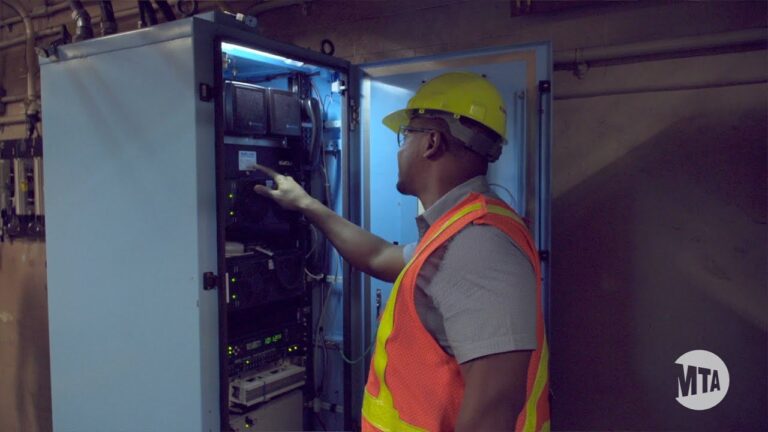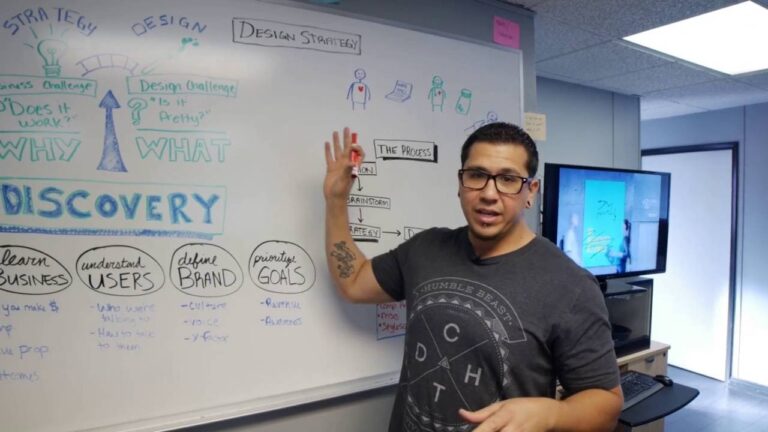Curator Job: Responsibilities & Salary

Curator Job Description Template
Curator Job Description A curator is a professional responsible for managing and preserving collections of artworks, artifacts, historical objects, or documents in museums, galleries, libraries, or other cultural institutions. Their primary role is to research, acquire, interpret, and display these collections to the public. Curators play a crucial role in preserving cultural heritage and educating the public about it. They evaluate potential additions to their collections, ensuring that the items align with the institution’s goals and objectives. They are also responsible for cataloging and documenting each item in the collection, maintaining accurate records of their origin, history, and significance. In addition to managing collections, curators organize exhibitions and displays that showcase the items to the public. They collaborate with other professionals, such as exhibition designers, conservators, and educators, to create engaging and informative exhibits. Curators often conduct research on the objects in their collections, contributing to the academic knowledge and historical understanding of the artifacts. To excel in this role, curators must possess strong research and analytical skills. They should have in-depth knowledge of art, history, or the specific subject matter they curate. Additionally, excellent organizational and communication skills are essential for managing collections and collaborating with various stakeholders. Preservation and interpretation are two essential aspects of a curator’s job. Preservation involves maintaining the physical condition of the objects in the collection, preventing deterioration or damage. Interpretation involves researching and presenting the historical and cultural context of the objects, making them accessible and meaningful to the public. In conclusion, a curator’s role is multi-faceted, encompassing collection management, exhibition curation, research, and preservation. They are vital contributors to the preservation and dissemination of our cultural heritage, ensuring that future generations can learn from and appreciate the objects of the past.Curator Responsibilities
Curator Requirements
How Much Does A Curator Make?
Curator Salary
| Position | Experience Level | Salary Range |
|---|---|---|
| Curator Assistant | Entry Level | $30,000 – $40,000 |
| Assistant Curator | 1-3 years | $40,000 – $50,000 |
| Curator | 3-5 years | $50,000 – $70,000 |
| Senior Curator | 5+ years | $70,000 – $100,000 |
In the field of curating, salaries vary depending on the position and level of experience. As an entry-level Curator Assistant, you can expect to earn between $30,000 and $40,000 annually. With 1-3 years of experience, you can progress to become an Assistant Curator and earn between $40,000 and $50,000.
After gaining 3-5 years of experience, you can become a Curator, which comes with a salary range of $50,000 to $70,000. If you excel in your career and reach a senior level with 5 or more years of experience, you can earn between $70,000 and $100,000 as a Senior Curator.
It’s important to note that these salary ranges are approximate and can vary based on factors such as location, organization size, and individual negotiation skills.
Curator Salaries by Country
Top Paying Countries for Curator
| Country | Average Salary |
|---|---|
| United States | $61,000 |
| Switzerland | $58,000 |
| Germany | $55,000 |
| Australia | $52,000 |
| United Kingdom | $50,000 |
Curators in the United States earn the highest average salary, with an average of $61,000 per year. Switzerland follows closely behind with an average salary of $58,000. Germany, Australia, and the United Kingdom complete the list of top paying countries for curators. It is important to note that these figures are averages and can vary based on factors such as experience, qualifications, and the specific institution or organization the curator works for. Curators in these countries enjoy competitive salaries, reflecting the value placed on their expertise and contributions to the preservation and interpretation of cultural artifacts and collections.
A video on the topic Curator
Video Source : GrubMagnet GamingInterview Questions for Curator
1. What is the role of a curator?
A curator is responsible for managing and preserving collections of artwork, artifacts, or historical items. They research, document, organize, and display these collections in museums, galleries, or other cultural institutions.
2. What qualifications are required to become a curator?
Typically, a curator holds a master’s degree in a relevant field such as art history, museum studies, or archaeology. They also need strong research, organizational, and communication skills.
3. How do curators select items for an exhibition?
Curators select items for an exhibition based on the theme or subject of the exhibition. They consider the significance, historical context, condition, and availability of the items. They may also consult with experts and conduct research to ensure the accuracy and quality of the exhibition.
4. What are some challenges faced by curators?
Some challenges faced by curators include preserving and protecting delicate or valuable items, securing funding for exhibitions and collections, dealing with limited storage space, and addressing ethical concerns related to the acquisition or display of certain items.
5. How do curators engage with the public?
Curators engage with the public through various means such as organizing educational programs, lectures, and guided tours. They also communicate with the public through exhibition catalogs, museum websites, and social media platforms to provide information and foster interest in the collections.
6. How do curators ensure the authenticity of items in their collections?
Curators ensure the authenticity of items in their collections by conducting thorough research, consulting experts, and examining provenance documents or scientific analysis reports. They also keep up with the latest research and advancements in their respective fields to stay informed about potential forgeries or misattributions.
7. What is the role of a curator in the digital age?
In the digital age, curators play a crucial role in digitizing collections, making them accessible online, and curating virtual exhibitions. They also navigate the ethical and legal challenges associated with digitization, copyright issues, and online engagement with the public.
8. How do curators collaborate with artists or collectors?
Curators collaborate with artists or collectors by discussing exhibition concepts, selecting artworks or items for display, and ensuring that the artist’s or collector’s vision is appropriately represented. They also handle logistics such as transportation, installation, and insurance.
9. What is the importance of curators in preserving cultural heritage?
Curators play a vital role in preserving cultural heritage by collecting, documenting, and safeguarding historic and artistic items for future generations. They ensure that these items are properly conserved, studied, and exhibited to promote understanding, appreciation, and preservation of cultural heritage.
10. How do curators stay updated with the latest trends and developments in the art world?
Curators stay updated with the latest trends and developments in the art world by attending conferences, seminars, and workshops. They also network with other professionals, read scholarly journals, visit exhibitions, and maintain strong relationships with artists, collectors, and experts in their field.






